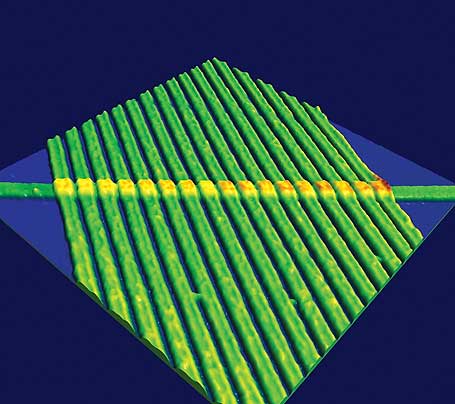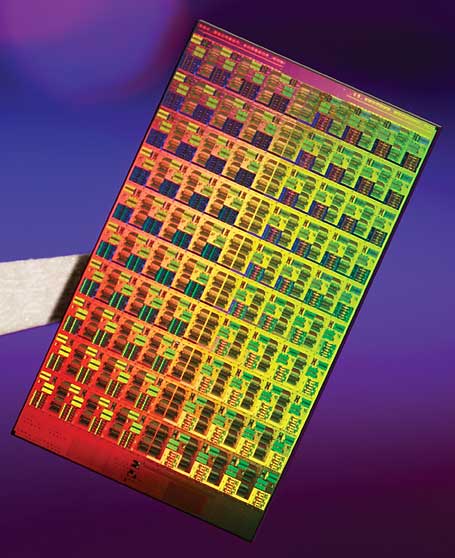The Future of Your PC's Hardware
What is it ?
As its name suggests, the memristor can "recollect" how much current has gone through it. Furthermore, by substituting the measure of current that goes through it, a memristor can likewise turn into a one-component circuit segment with novel properties. Most remarkably, it can spare its electronic state notwithstanding when the current is killed, making it an awesome contender to supplant the present blaze memory.
Memristors will hypothetically be less expensive and far quicker than streak memory, and permit far more prominent memory densities. They could likewise supplant RAM chips as we probably am aware them, so that, after you kill your PC, it will recall precisely what it was doing when you walk out on, and come back to work in a split second. This bringing down of cost and uniting of parts may prompt reasonable, strong state PCs that fit in your pocket and run commonly speedier than the present PCs.
Some time or another the memristor could bring forth a radical new kind of PC, because of its capacity to recall a scope of electrical states as opposed to the oversimplified "on" and "off" states that the present computerized processors perceive. By working with a dynamic scope of information states in a simple mode, memristor-based PCs could be fit for much more unpredictable undertakings than simply moving zeroes around.
At the point when is it coming? Analysts say that no genuine obstruction averts actualizing the memristor in hardware promptly. However, it's up to the business side to push items through to business reality. Memristors made to supplant streak memory (at a lower cost and lower control utilization) will probably seem first's; HP will likely offer them by 2012. Past that, memristors will probably supplant both DRAM and hard plates in the 2014-to-2016 time allotment. With respect to memristor-based simple PCs, that progression may take 20 or more years.
If your CPU has only a single core, it's officially a dinosaur. In fact, quad-core computing is now commonplace; you can even get laptop computers with four cores today. But we're really just at the beginning of the core wars: Leadership in the CPU market will soon be decided by who has the most cores, not who has the fastest clock speed.
What is it? With the gigahertz race largely abandoned, both AMD and Intel are trying to pack more cores onto a die in order to continue to improve processing power and aid with multitasking operations. Miniaturizing chips further will be key to fitting these cores and other components into a limited space. Intel will roll out 32-nanometer processors (down from today's 45nm chips) in 2009.
What is it?
With the gigahertz race generally relinquished, both AMD and Intel are endeavoring to pack more centers onto a kick the bucket so as to keep on improving handling force and help with multitasking operations. Scaling down chips further will be critical to fitting these centers and different segments into a restricted space. Intel will take off 32-nanometer processors (down from the present 45nm chips) in 2009.
At the point when is it coming? Intel has been great about adhering to its guide. A six-center CPU in light of the Itanium configuration ought to be out inevitably, when Intel at that point shifts center to a shiny new design called Nehalem, to be advertised as Core i7. Center i7 will highlight up to eight centers, with eight-center frameworks accessible in 2009 or 2010. (Furthermore, an eight-center AMD venture called Montreal is apparently on tap for 2009.)
From that point forward, the course of events gets fluffy. Intel supposedly scratched off a 32-center venture called Keifer, slated for 2010, perhaps in light of its multifaceted nature (the organization won't affirm this, however). That many centers requires another method for managing memory; evidently you can't have 32 brains hauling out of one focal pool of RAM. Be that as it may, regardless we anticipate that centers will multiply when the wrinkles are resolved: 16 centers by 2011 or 2012 is conceivable (when transistors are anticipated to drop again in size to 22nm), with 32 centers by 2013 or 2014 effectively inside reach. Intel says "hundreds" of centers may come much more distant down the line.












No comments:
Post a Comment